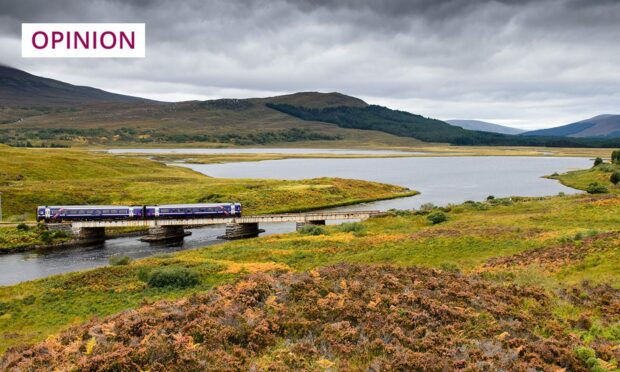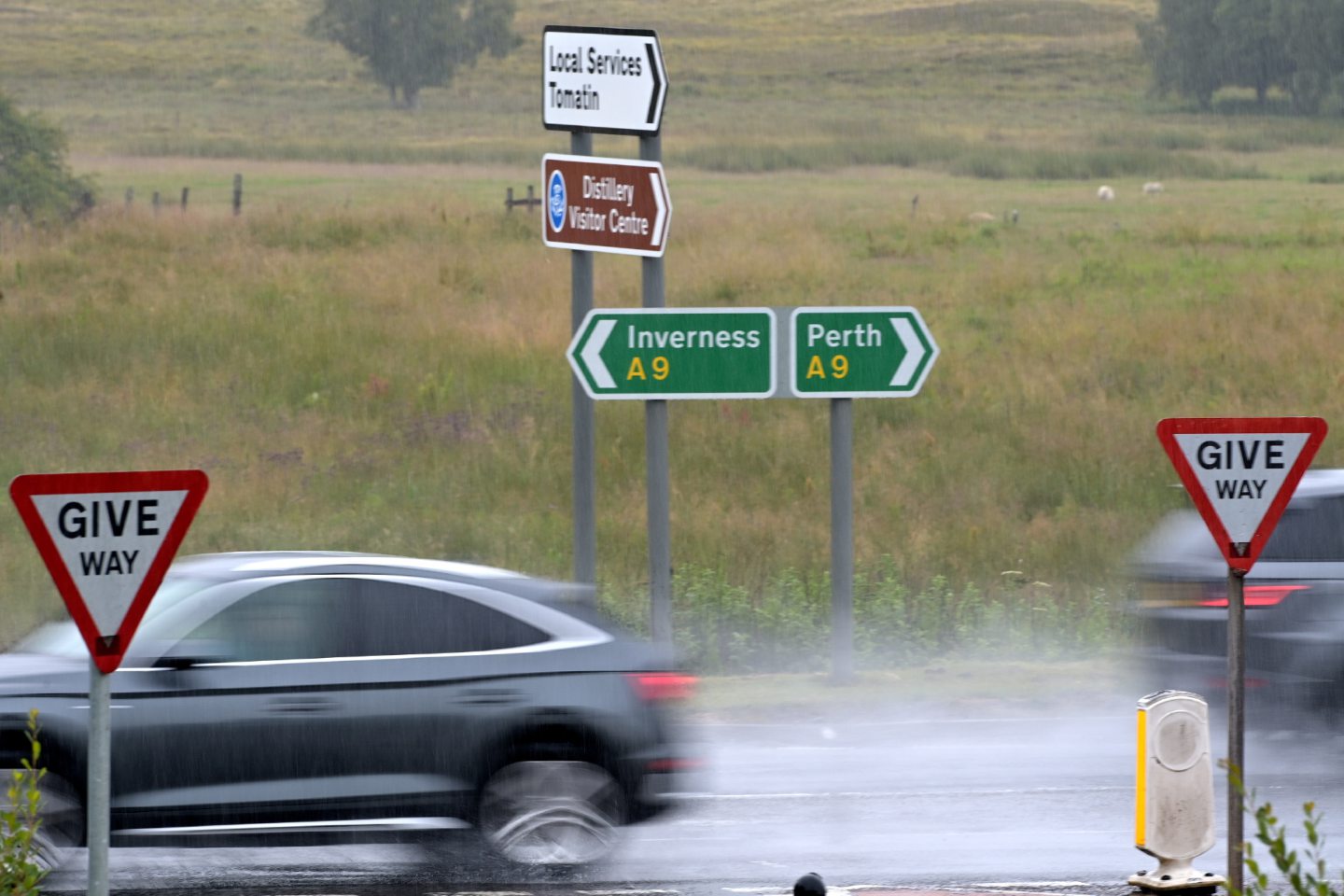For most of my (now fairly lengthy) life, I’ve lived in different parts of the Highlands and islands – Argyll, Skye, the Inverness area.
But, last year, for reasons having to do with where our family are, my wife and I relocated (as current jargon has it) to a small town, east of Glasgow.
One gain from this move is the access we now have to public transport of a sort most people in the north can only dream about. From the end of our street, there’s a bus into Glasgow every 15 minutes – and (age having some advantages) the 20-minute journey into town costs us nothing.
Trains don’t come free of charge. But, from our nearest station – a 15-minute walk away – it’s a 10-minute trip into Glasgow, while getting to Edinburgh (at peak travel times) takes just 35 minutes.
And it must say something for ScotRail – which tends to get a lot of stick – that in all the times in recent months I’ve caught a train (not just for Glasgow but for Edinburgh, Stirling and Dundee, too), not once has my train been anything other than on time.
The train is far more enjoyable than driving
Last week, I branched out by way of taking a trip to Fort William. This jaunt arose from my wanting to have a look at the logbooks kept in a particular West Highland school in the 1870s and 1880s – the sort of thing you need to do when, like me, you write a bit of history.
This meant a visit to Lochaber Archive Centre, one of several such centres (the others are in Portree, Wick and Inverness) maintained by High Life Highland who, I should put on record, provide researchers of all sorts with top-notch facilities.
I could have driven to Fort William. Non-stop, the drive would have taken me a bit over three hours. Longer if I’d been trying to get through Glasgow at rush hour, or if, as would be a virtual certainty at this time of year, I’d got stuck behind a lorry and campervan convoy on the Loch Lomond section of the A82 – a road with more turns and twists than a corkscrew.
Courtesy of ScotRail, and including 20 minutes between trains in Glasgow’s Queen Street Station, I got to Fort William in something like four-and-a-quarter hours. But at £26.85, my day return fare (reduced, to be sure, by my senior rail card) came in way below the cost of an equivalent car journey. And the rail trip was an altogether more enjoyable experience than the drive would have been.
Instead of staring for what can seem like hours at the back end of the sort of truck that can so readily obstruct your progress on the A82, I was able to sit back in my window seat and take in unfolding vistas of a grandeur seldom on offer for as little as the few quid asked of me.
The Clyde estuary, Loch Lomond in a sun-pierced mist, Rannoch Moor, the north face of Ben Nevis. All washed down, as it were, with a hefty beaker of perfectly acceptable ScotRail tea.
Improve railways and roads at the same time
Not all rail travel, I acknowledge, is as economical and trouble-free as was my excursion to Fort William. And not all travellers have as much time at their disposal as those of us in older age groups.
But to make the kind of trip I made last week is at once to wonder why, in this country, we give such a dismally low priority to railways. As someone who was, for years, one of that road’s frequent users, I very much get current pressure for an upgraded A9. But why not a simultaneous push for long overdue investment in the rail network?
Our rail routes, after all, are exactly as they were when laid down in the reign of Queen Victoria. And that’s the routes which survive – whole swathes of them having been closed down and torn up during the 1960s as a result of one of the most misbegotten policy decisions of all time.
Imagine how things might be if tracks were to be upgraded, the network expanded, electrification made universal and – by way of boosting the drive to net zero – both rail and public transport more generally made truly affordable.
On the affordability front, we’d do well to follow Germany. There, it’s presently possible to get, for the euro equivalent of just £42, a pass that entitles you to a month’s unlimited and nationwide rail, tram and bus travel.
One day, perhaps, we’ll have politicians with the wit to follow Germany’s lead. But even in our less enlightened country, where governments seem forever set on making public transport more and more expensive and less and less attractive, there are great rail journeys to be had. And one of them is from Glasgow to Fort William.
Jim Hunter is a historian, award-winning author and Emeritus Professor of History at the University of the Highlands and Islands


